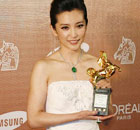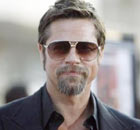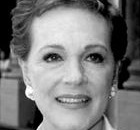-
-
MSNBC Marquee
Rihanna’s dad cut out of her life ‘over nothing’
Rihanna and her father both spoke to the press about their most recent estrangement.
Theater & Arts
Stamp of approval
By Mu Qian (China Daily)
Updated: 2009-11-23 11:49
Twenty-one Chinese artists - including Zeng Fanzhi, Yue Minjun and Fang Lijun - have become the first group of appointed artists at the newly founded Contemporary Art Academy of China (CAAC).
The appointments are viewed by many as official recognition of contemporary Chinese artists, many of whom used to be regarded as deviants.
For example, Yue and Fang, whose "cynical realist style" works have been collected by museums throughout the world (though they are not well-known by the Chinese public) used to be members of Yuanmingyuan Artist Village, a community formed by artists in Beijing in the early 1990s, but dismissed by the government in 1995.
Founded by the Chinese National Academy of Arts, an institute subordinate to the Ministry of Culture, CAAC is the first official organization devoted to the research of contemporary Chinese art.
"A constituent part of socialist culture with Chinese characteristics, contemporary Chinese art has a significant place," says Wang Wenzhang, deputy minister of Culture and president of the Chinese National Academy of Arts. "Facing globalization, how China establishes cultural discourse and constructs its own standards of art remains to be seen. It is for this reason that the Chinese National Academy of Arts spent four years setting up the CAAC."
According to Luo Zhongli, CAAC president, the academy will continue to appoint artists and gradually build up a structure that includes facilities for art creation, research, and education.
The first group of appointed artists received a letter of appointment that reads: "In view of your achievements in contemporary art, you are appointed as an artist of the Contemporary Art Academy of China, with a tenure of four years."
Many of these artists, however, are not sure about the work of the academy and their roles in it.
"I think the academy just represents an attitude of the government," says Yue, who is known for his series of paintings depicting himself, in frozen laughter.
"I don't know what I'll do at the academy, but I think art has its own rules and does not need too much involvement from the government."
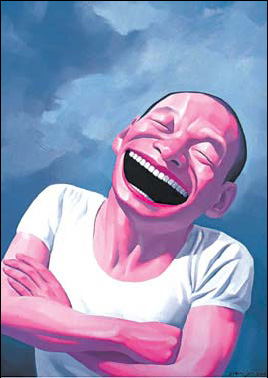
Even the academy's artistic director, Ye Yongqing, does not have a clear agenda, but he says the relationship between the academy and artists will be different from that of other official art organizations.
"We have just started and do not know exactly what we will do, but we know what we will not do," Ye says. "The academy won't be a place where the artists are paid to do required works, but will be an incubator of art projects and a think tank for cultural policy makers."
For most of the past three decades, Chinese contemporary art has developed in an environment at variance with the West. Although some Chinese artists have made their names known to the world, a contemporary art system of public museums, galleries, foundations and collectors has not been fully formed in China. Instead, artists and art organizations have been working independently, Ye says.
He believes the CAAC will be able to contribute to the development of contemporary Chinese art as a whole and society's understanding of it.
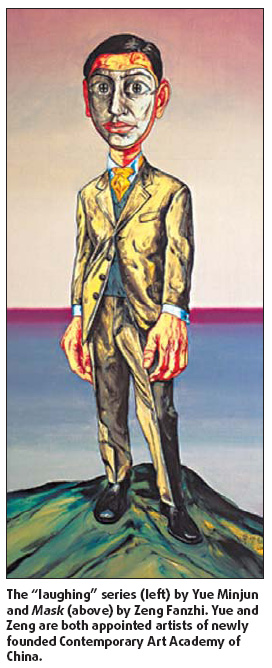
Internationally famous Chinese artists have accumulated influence, experience and connections over the years, Ye says.
"If we can transform these personal resources into public resources, they will contribute to the promotion of contemporary art in Chinese society."
The appointed CAAC artists will not receive salaries, but will get budgets for art projects. Ye is planning to organize a group exhibition of the appointed artists for next year, and call on these artists for projects.
The academy will also recruit post-graduate and doctorate students in arts management and conduct research on contemporary Chinese art, which will serve as references for China's cultural policy makers, Ye says.
"In a way you can say we are a little like the American Academy of Arts and Sciences or the Institute of Contemporary Arts of the United Kingdom," he says.
CAAC appointee Zeng Fanzhi, known for his Masks series, is currently one of the most popular Chinese artists in the world art market. Zhang Xiaogang, Liu Xiaodong and Cai Guoqiang, who have held auction price records among contemporary Chinese artists, are also appointed artists.
Most of these artists are from Beijing, but Ye says the academy will expand in the future and appoint more artists from other areas in China.
"When I came back to China nine years ago, the state of contemporary Chinese artists was like that of roving bandits, as they often had to struggle to find a place to hold their exhibitions. I'm lucky to have witnessed a change of China's attitude toward contemporary art," says Chen Danqing, who lived in the United States for about two decades.
Chen says he is concerned about their destinies after being appointed by an official institute.
"The establishment of the Contemporary Art Academy of China is a test in Chinese art circles. Sometimes just one word, or one person, or one work will bring a breakthrough or retrogression. I want to say to the appointed artists, don't diminish your sharpness and play on," Chen says.

